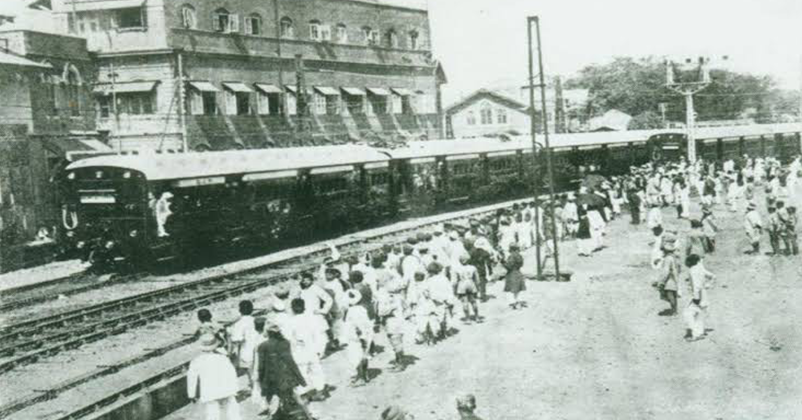A Monumental Step: The Foundation of Indian Railways - April 16, 1853
Total Views |

On April 16, 1853, Indian Railways, one of the largest railway networks in the world, had its foundation laid down. The introduction of the railway system in India marked a significant milestone in the country's transportation history.
The inception of the Indian Railways was not merely the laying of tracks; it symbolized connectivity, progress, and the dawn of a new era.
The first passenger train in India ran from Bori Bunder in Bombay (now Mumbai) to Thane, covering a distance of 34 kilometers. The maiden journey of the train, adorned with colorful flags and banners, captured the imagination of the masses, who marveled at the sight of the steam engine chugging along the tracks. The locomotive, named "Thane," ," pulled 14 carriages carrying around 400 passengers, representing diverse sections of society - from dignitaries and officials to ordinary citizens.
This event revolutionized travel and trade in India, connecting different regions and facilitating the movement of people and goods across the country.
Over the decades, the Indian Railways evolved into one of the largest and busiest rail networks in the world, spanning thousands of kilometers and serving millions of passengers daily. Its contribution to the socio-economic development of India cannot be overstated, as it continues to be the lifeline of the nation, powering its growth and progress.

